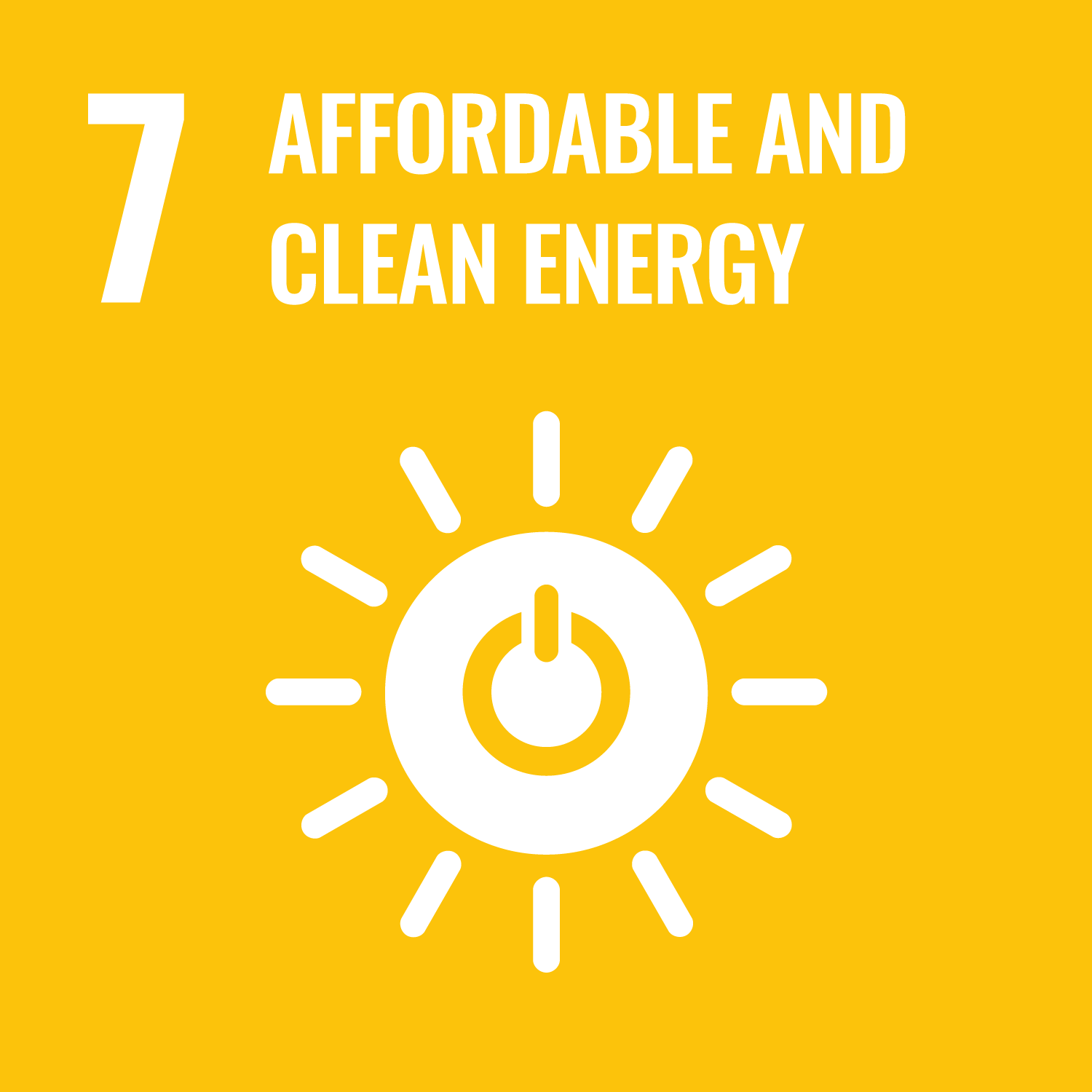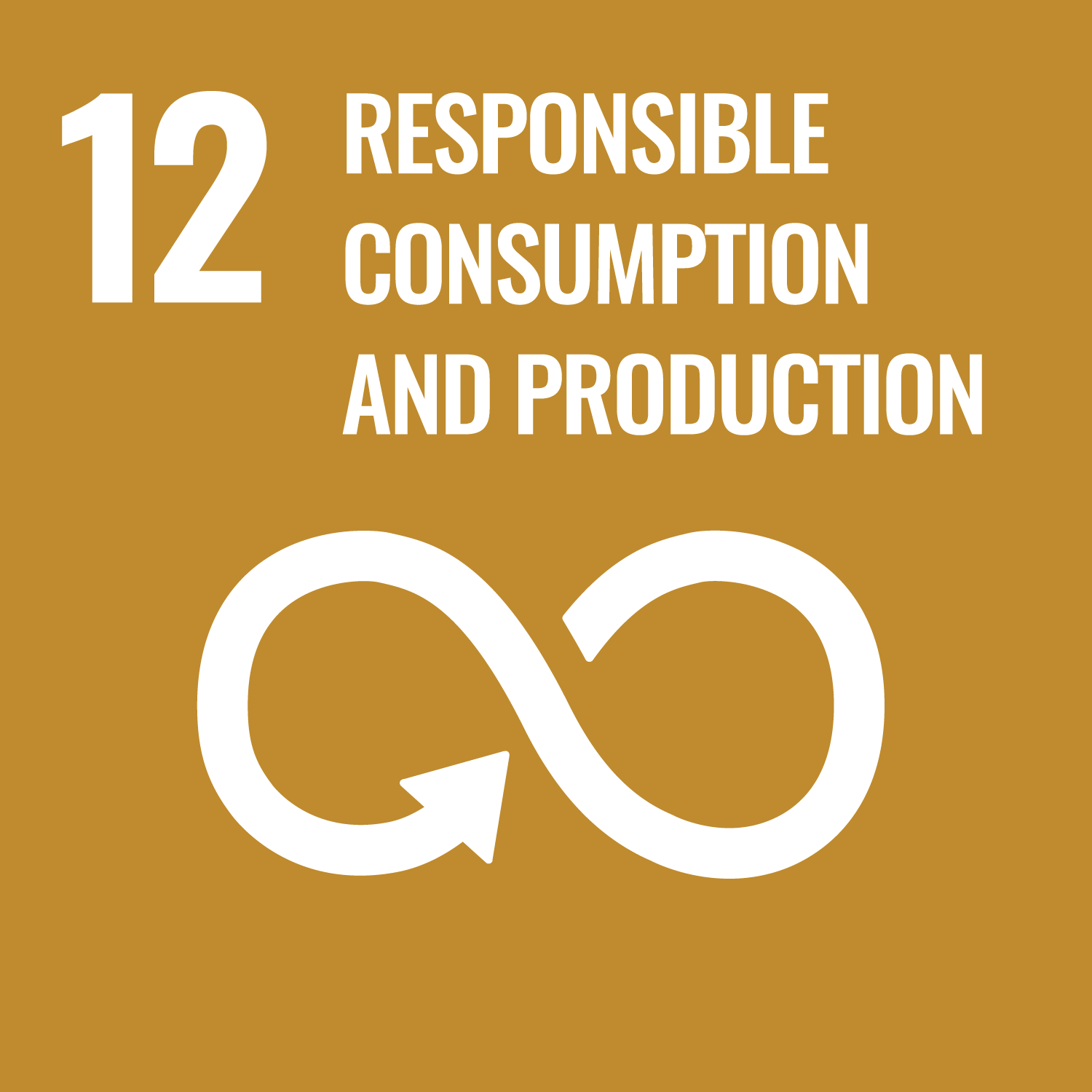Andrews, G.E., Phylaktou, H.N. orcid.org/0000-0001-9554-4171, Li, H. orcid.org/0000-0002-2670-874X et al. (7 more authors) (2025) Whisky decarbonisation potential using bio-waste. Fuel, 380. 133188. ISSN 0016-2361
Abstract
The objective was to investigate the potential of the Scottish Whisky industry to employ the circular economy to decarbonise and reduce costs, using its own bio-waste as a source of energy to power distilleries. The analysis uses a literature review of the fossil fuel energy for heat used in modern distilleries in terms of MJ/Lalcohol. It then determines the energy content of the whisky distillery bio-wastes: draff, pot ale, spent lees and wash (SLW). Outside the distillery there are bio-wastes in the barley straw on farms and from the malt-house, barley husks, rootlets and dark grains and the maturation barrel preparation area with a wood char waste. The energy in the wastes is also expressed as MJ/Lalcohol which then enables the determination of the proportion of the energy to operate the distillery that can be provided from the bio-waste. The distillery wastes all have a high water content, the amount of which is reviewed. The energy to evaporate this water is determined to give the net energy from the bio-wastes. The findings are that in the distillery, including the energy to evaporate water, requires 60 MJ/Lalcohol, with half of this used to evaporate water. Most of the energy in wet wastes is used to evaporate the water and there is only 8.7 MJ/Lalcohol to contribute to the distillery energy requirements. For dry draff and PAS the energy is sufficient to operate the distillery, but the energy to dry the draff has to be provided at some stage in the process. However, there is enough energy in barley straw and malthouse wastes to provide the rest of the heat required in a distillery and to completely decarbonise the whisky industry. This is the first time that all the bio-wastes have been assessed in whisky manufacture, from the farm to the maturation barrel stores. It is proposed that the best way to use these diverse bio-wastes is gasification of the solid wet waste to produce a biomass gasification gas (BGG) with direct burning of the BGG to generate the heat to burn the PA and SLW and evaporate the water.
Metadata
| Item Type: | Article |
|---|---|
| Authors/Creators: |
|
| Copyright, Publisher and Additional Information: | This is an author produced version of an article published in Fuel, made available under the terms of the Creative Commons Attribution License (CC BY), which permits unrestricted use, distribution and reproduction in any medium, provided the original work is properly cited. |
| Keywords: | Decarbonisation; Draff; Distillery; Biomass; Gasification |
| Dates: |
|
| Institution: | The University of Leeds |
| Academic Units: | The University of Leeds > Faculty of Engineering & Physical Sciences (Leeds) > School of Chemical & Process Engineering (Leeds) |
| Depositing User: | Symplectic Publications |
| Date Deposited: | 04 Mar 2025 10:51 |
| Last Modified: | 04 Mar 2025 10:51 |
| Status: | Published |
| Publisher: | Elsevier |
| Identification Number: | 10.1016/j.fuel.2024.133188 |
| Related URLs: | |
| Sustainable Development Goals: | |
| Open Archives Initiative ID (OAI ID): | oai:eprints.whiterose.ac.uk:224010 |
Download
Filename: Whisky decarbonisation potential using bio-waste- Fuel 380 (2025)-.pdf
Licence: CC-BY 4.0



 CORE (COnnecting REpositories)
CORE (COnnecting REpositories) CORE (COnnecting REpositories)
CORE (COnnecting REpositories)